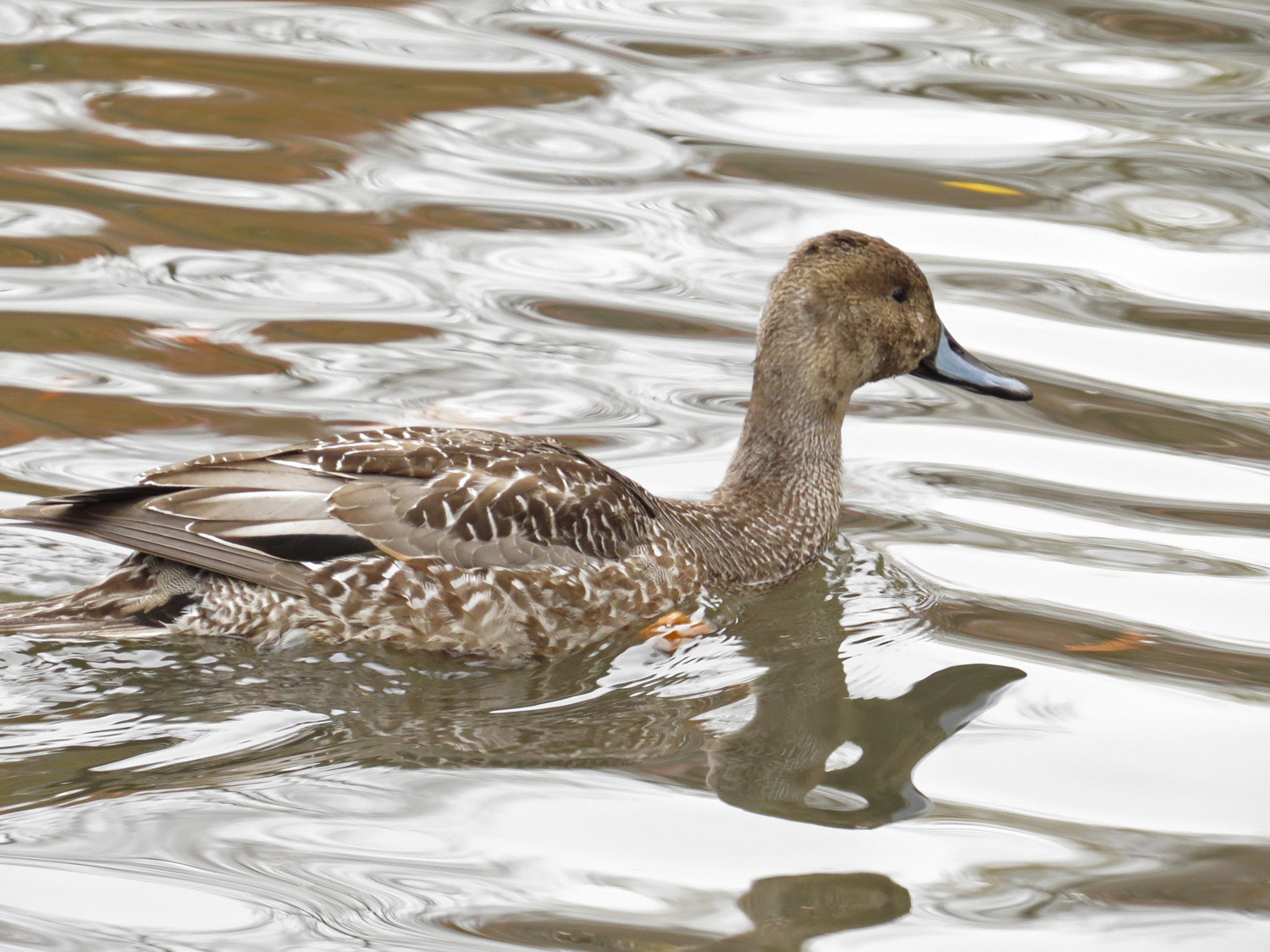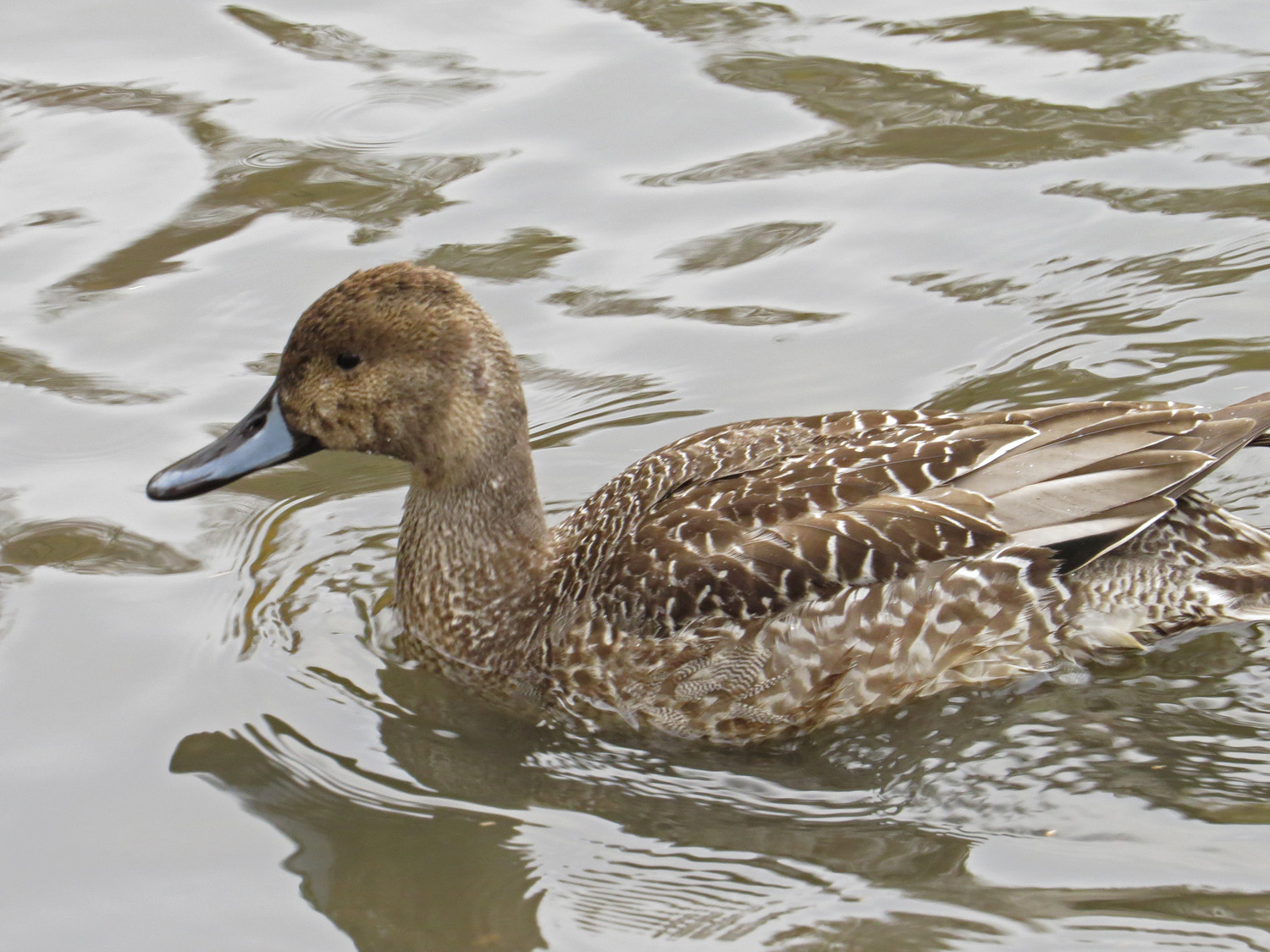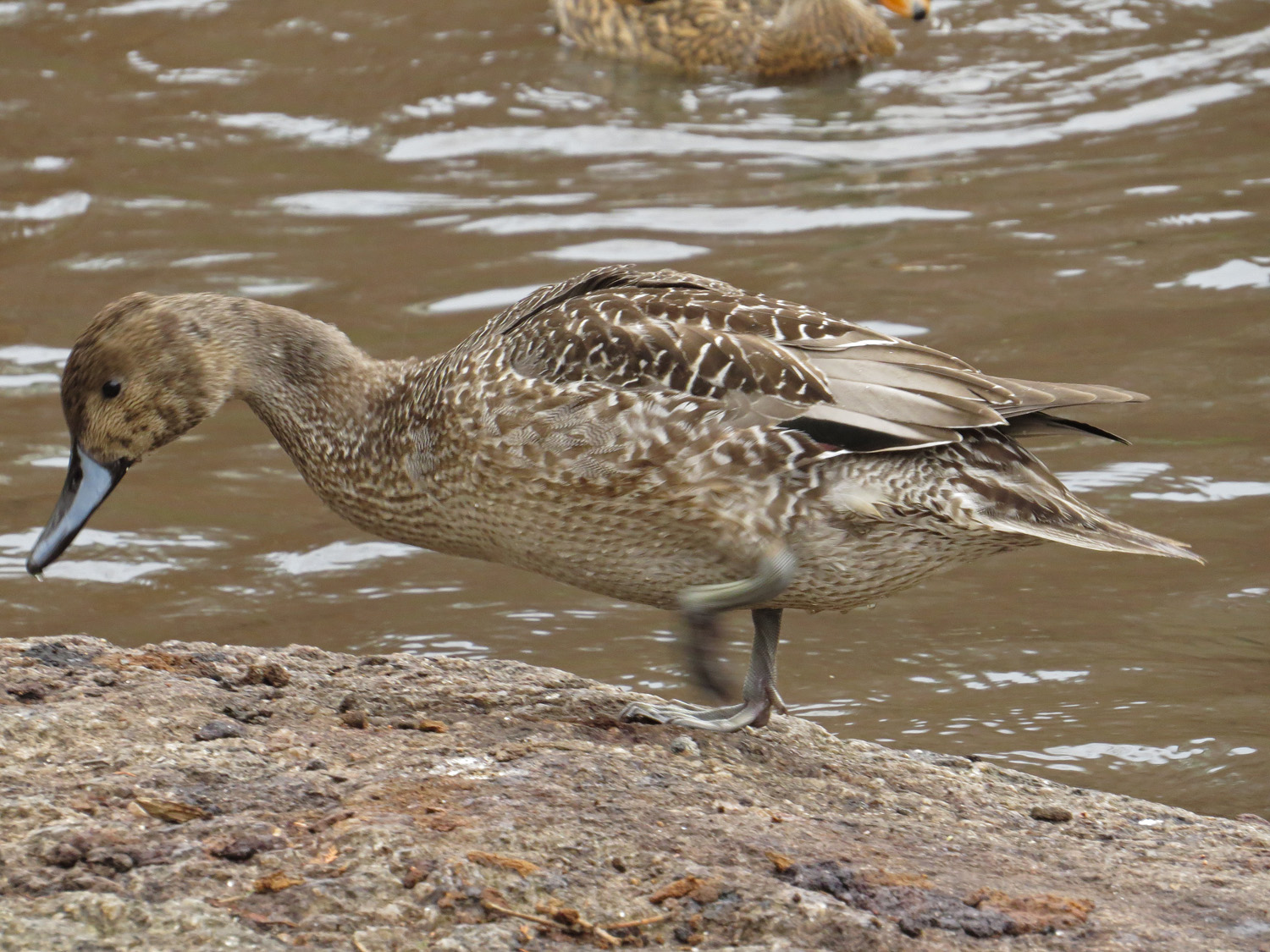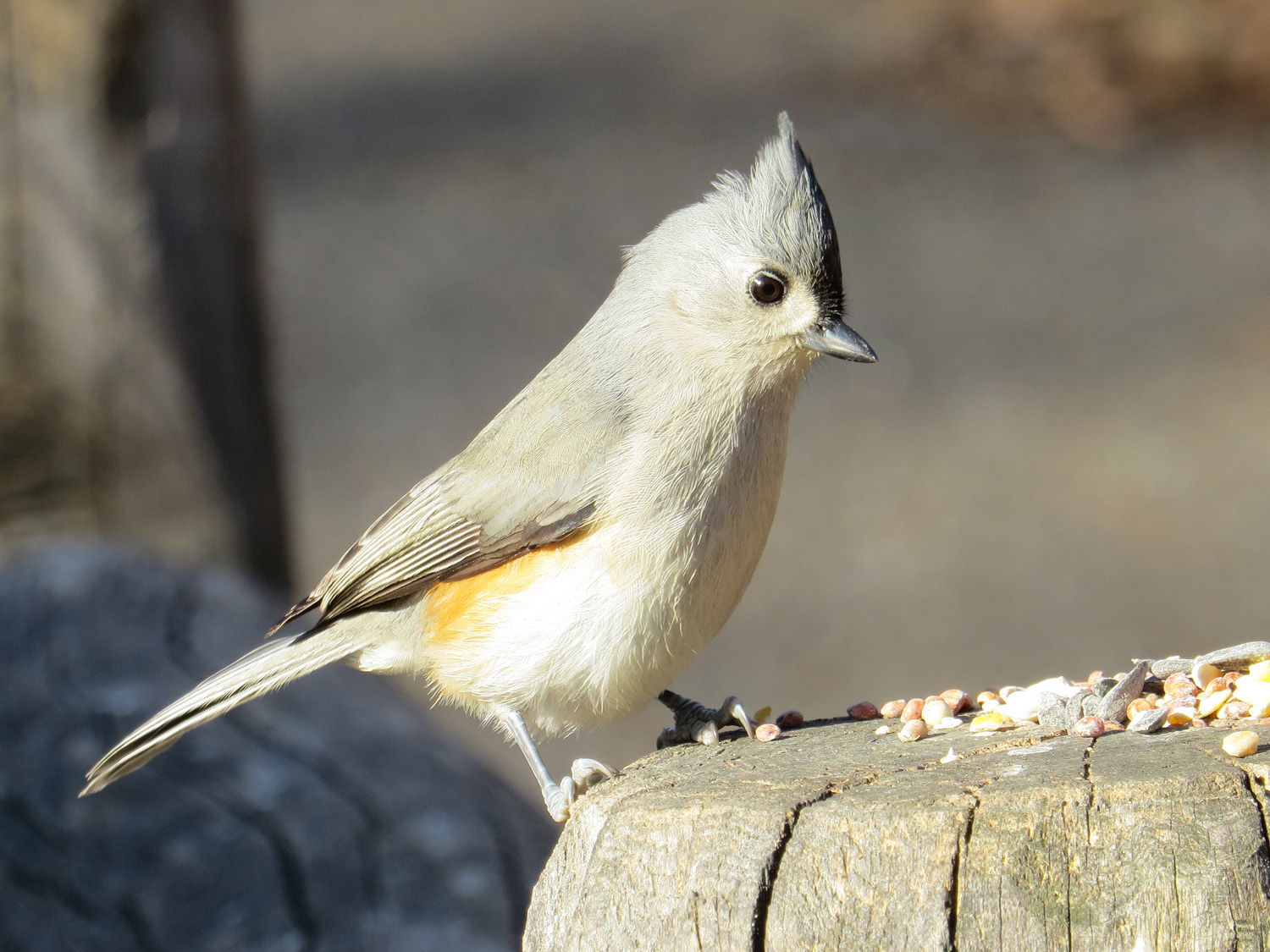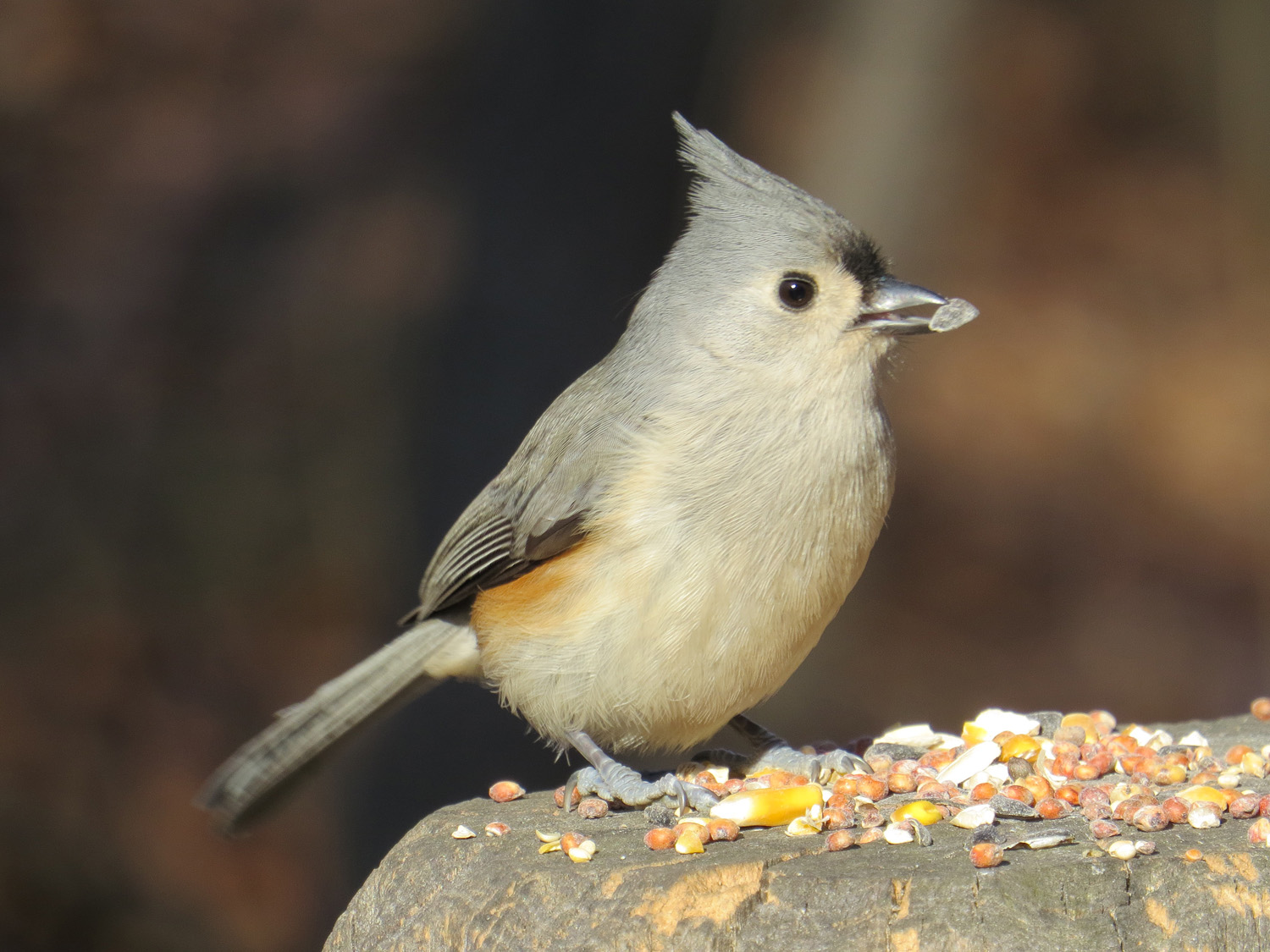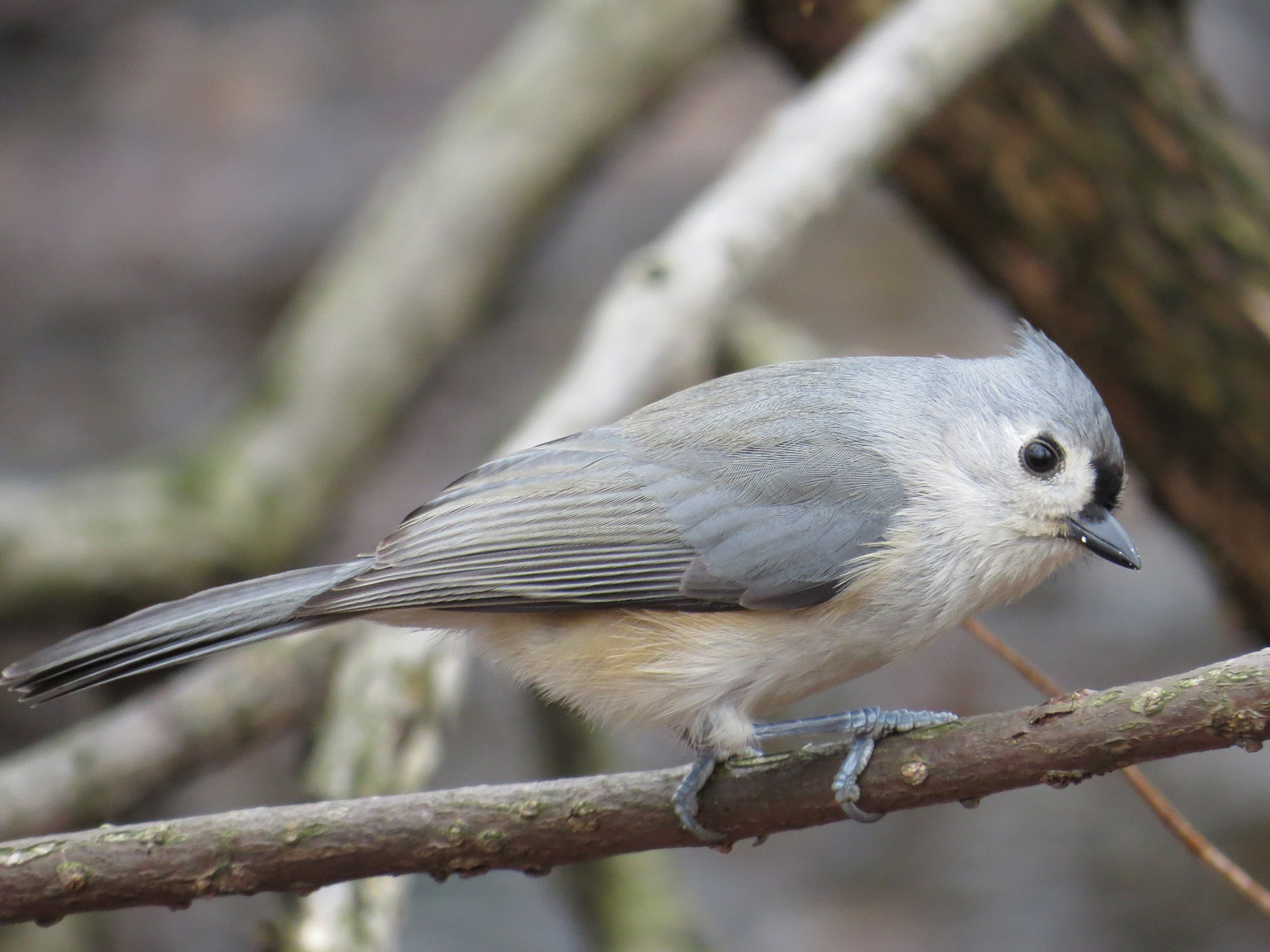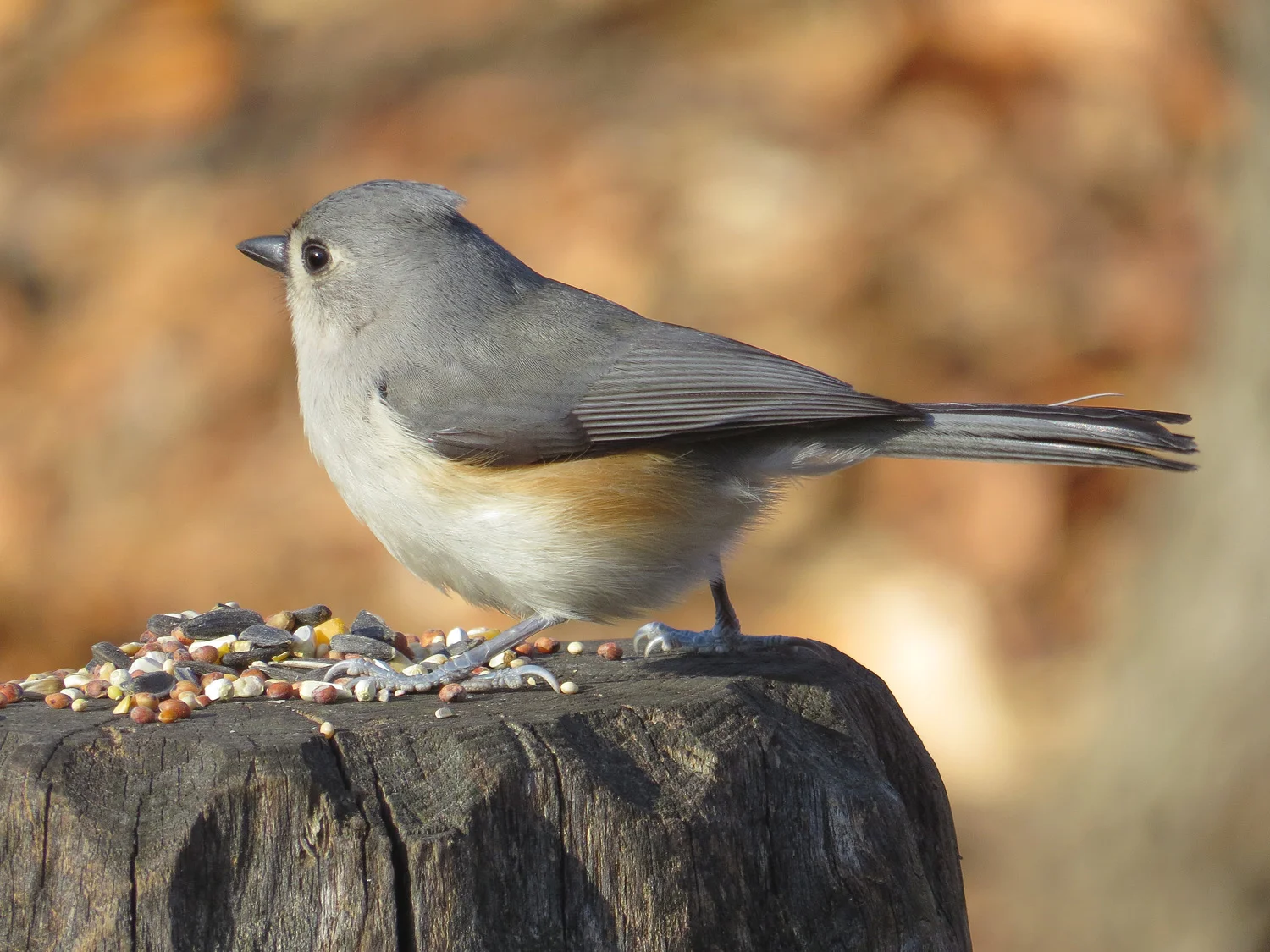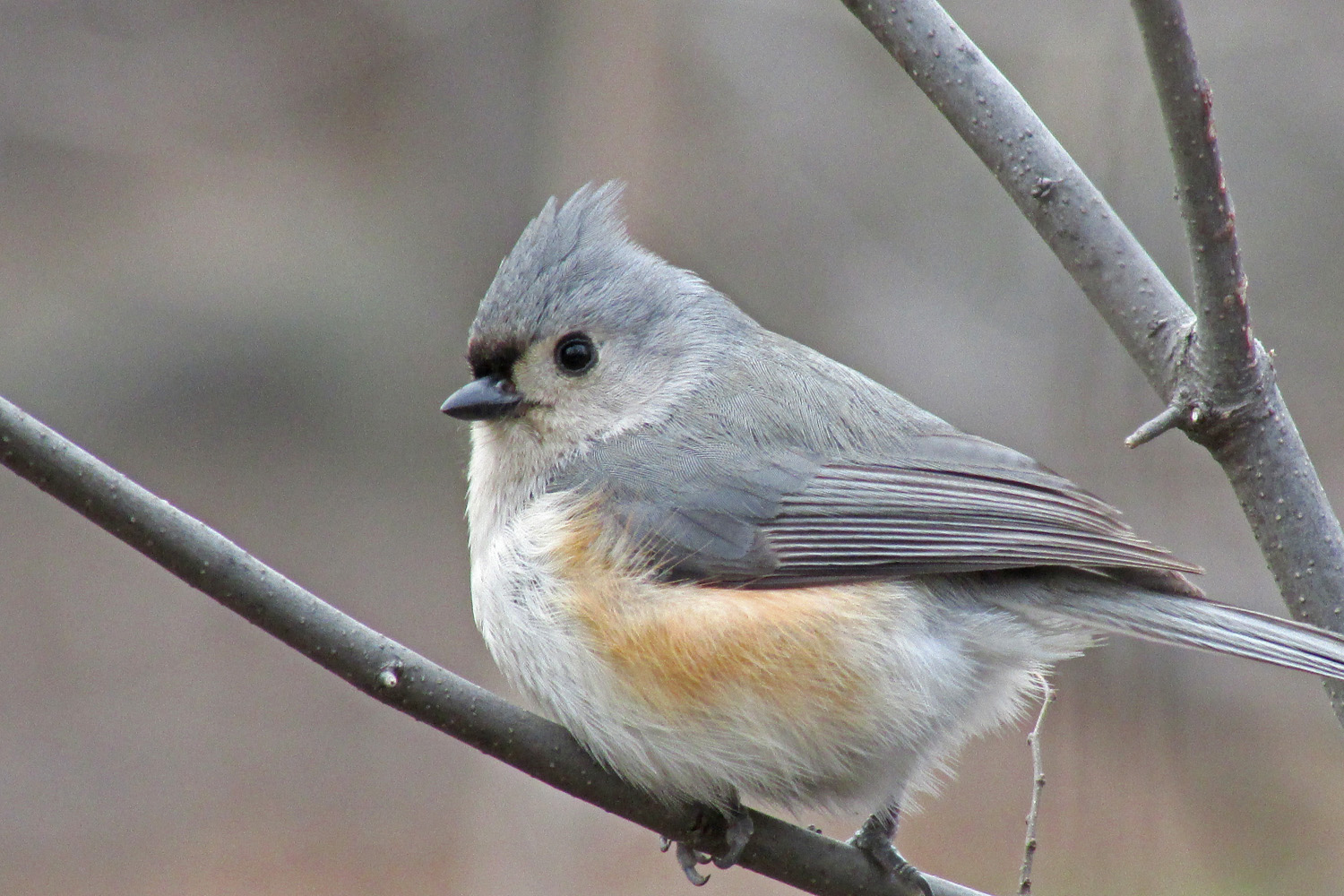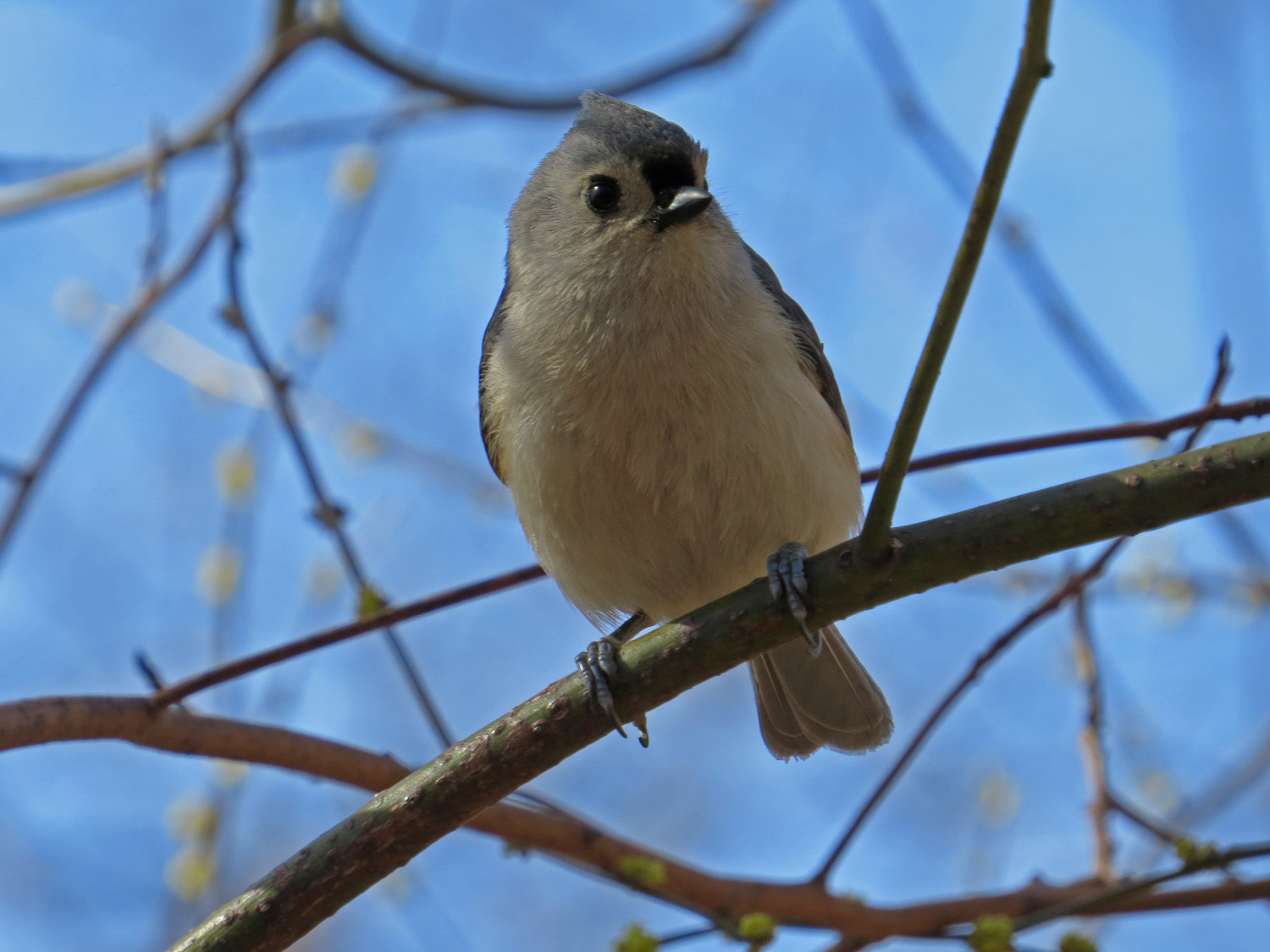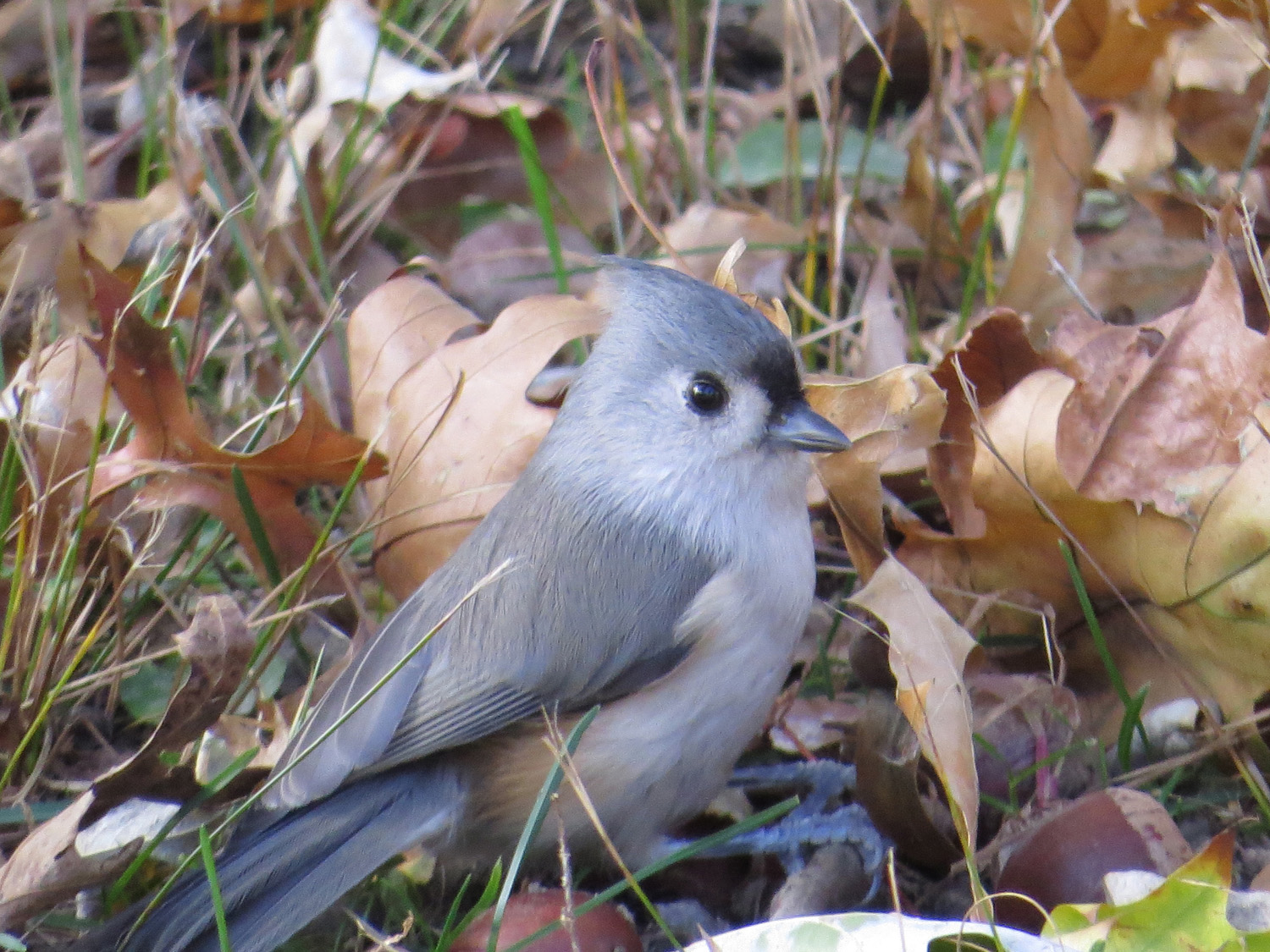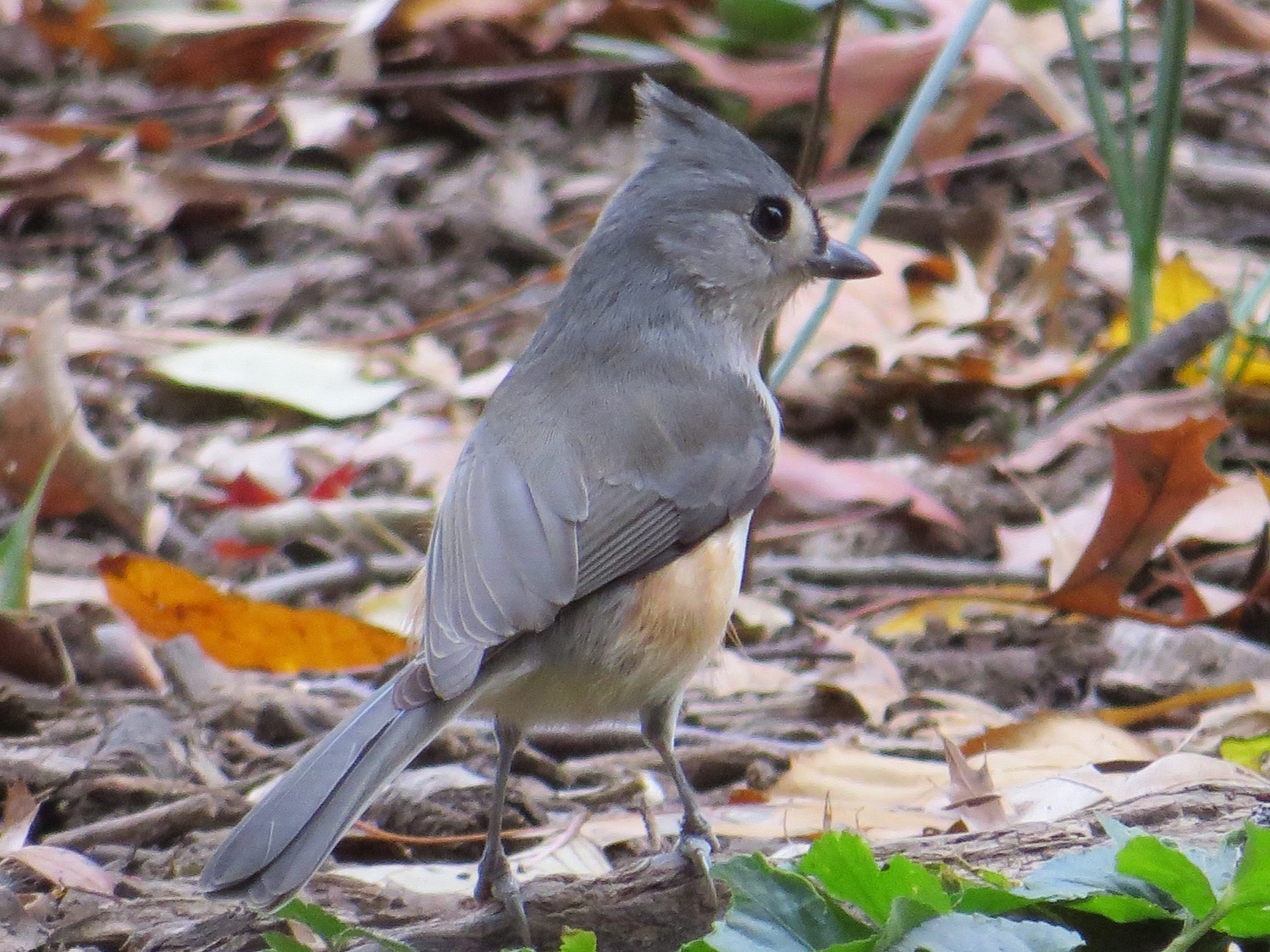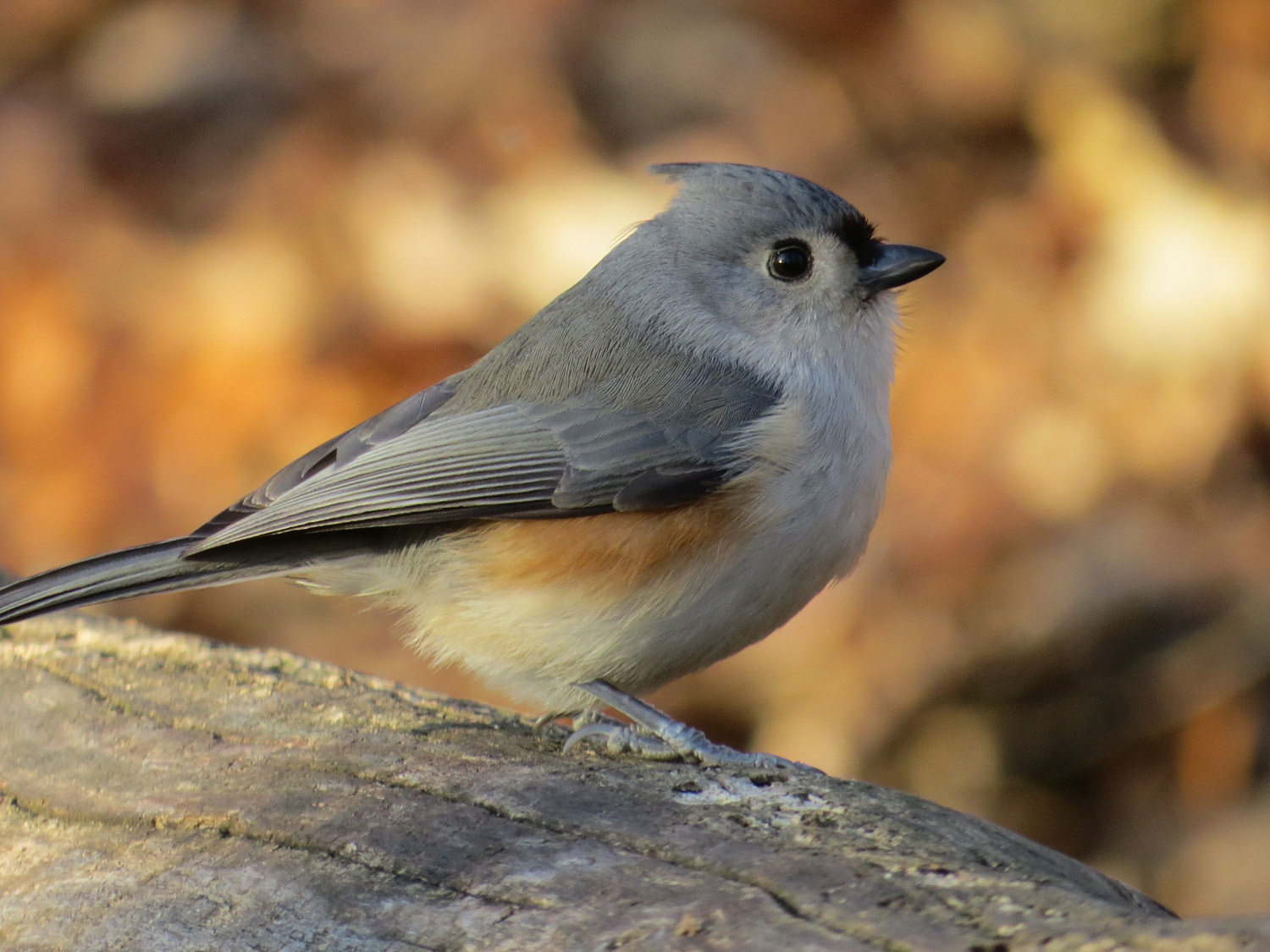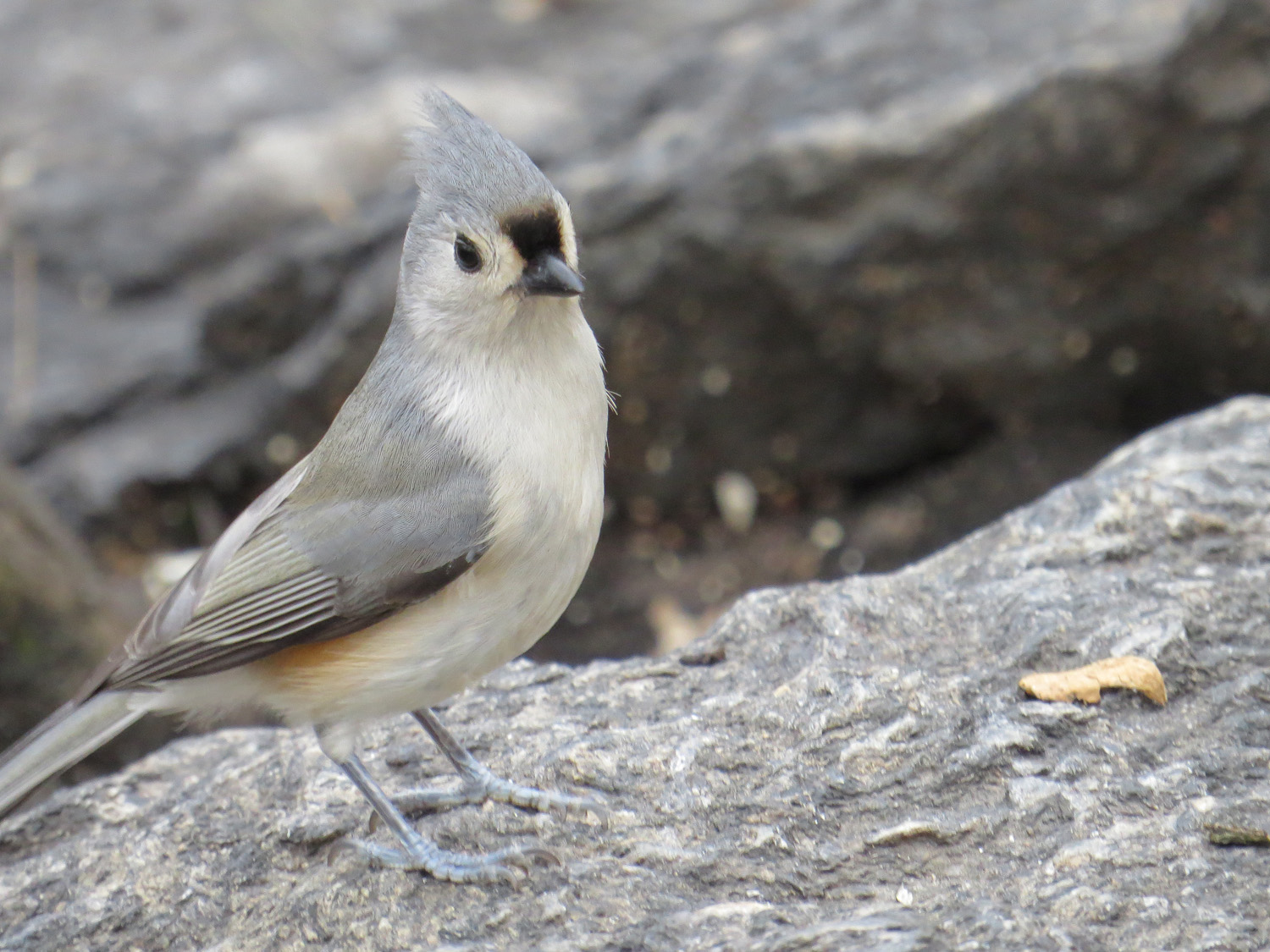Updated Dec. 11:
I have been told by a very good birder that this northern pintail is actually a young male. I have edited this post to reflect this.
I've seen just a few northern pintails, the most recent before Thanksgiving being a female at Turtle Pond in September. (See A Pintail Visitor, my blog posting on Sept. 22.) I admit that while I had seen the pintail female before, I am still not good at picking her out from the female mallards unless I know she has been spotted somewhere. In fact, I probably wouldn't have noticed the pintail I saw Thanksgiving Day at the Pool in Central Park if I hadn't been looking for what I thought at the time was a female pintail. But a young birder tweeted that a female pintail was hanging out at 100th Street, so I went in search. When I first saw the duck, I was convinced it was a female. Now I'm told that this is a young male pintail. Now I've seen the shiny black bill, long neck and blue-gray legs and feet a few times, I hope I will be able to identify a northern pintail the next time I see one. Will I know whether it's a young male or a female? Probably not.
Young male northern pintail at the 100th Street Pool, Central Park, Nov. 24, 2016
This duck is quite feisty! When I fed the mallards to draw him in, he held his own getting to the seeds. The males would go after him, and he'd come right back. During fall and winter, the pintail's diet is mainly seeds and insects.
The second pintail Filming the Feathers video is set to music by Beethoven (the first video also was set to Beethoven — sort of a theme going here?).
All the photos are from Nov. 24, even the duck-butt photo!



